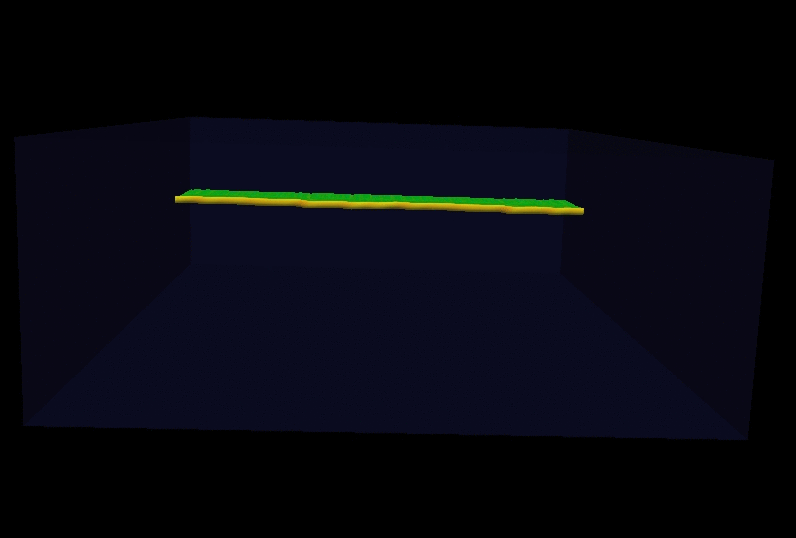Fracture dynamics using phase-field models


Describing the evolution in time of crack fronts is one of the most difficult problems in fracture dynamics. The main difficulty comes from the fact that the crack geometry of a system is, at the same time, part of the boundary conditions which pose the problem and the solution of the problem. Besides, the disparity of length scales involved in fracture evolution and the intrinsic nonlinear character of its dynamics, make it very difficult to build up a consistent theoretical description of Fracture specially in three-dimensional systems. A mathematical scheme originated in the field of solidification dynamics is able to deal with this type of problems. This mathematical technique is able to track automatically the crack front by adding an additional field, the phase-field, which describes the state of the system. By considering mesoscopic models based in the traditional Linear Elasticity Theory together with phase-field techniques, researchers are able today to model fully three-dimensional problems in a qualitative and, also, quantitative manner. We use phase-field formulations of fracture dynamics to study two and three dimensional problems. This type of model is able to describe, very accurately, for instance, the instability observed when a material is loaded with the mixed mode I-III (see Figure). We also use this type of mathematical technology to describe cracks, which have been observed experimentally in our group, produced by pulses of high power laser light. The integration of our experimental results and our theoretical models allow us to do, both, basic research and well-founded studies in the field of materials technology.
Key words: Fracture, crack, instability, mixed-mode, fracture induced by light, phase-field.
Involved Researchers: A. J. Pons, M. C. Cojocaru, J. Trull.
Associated projects
Complex physical and biophysical systems: towards a comprehensive view of their dynamics and fluctuations (ComPhysBio).
This coordinated project (which involves three research teams at UPF, UB and UPC) studies nonlinear and stochastic phenomena in a broad class of systems including information processing by optical networks, extreme events in complex systems, neuronal excitability and brain dynamics, among many others.
Scientific coordinator: C. Masoller
Funding Agency: Ministerio de Economía y Competitividad.
Partners: Ramirez de La Piscina, L.; Torrent, M.C.; Peñaranda, A.; Pons, A. J..
Project ref. No.: FIS2015-66503-C3-2-P.
Start/Ends dates: 01/01/2016 - 31/12/2018.
Share: